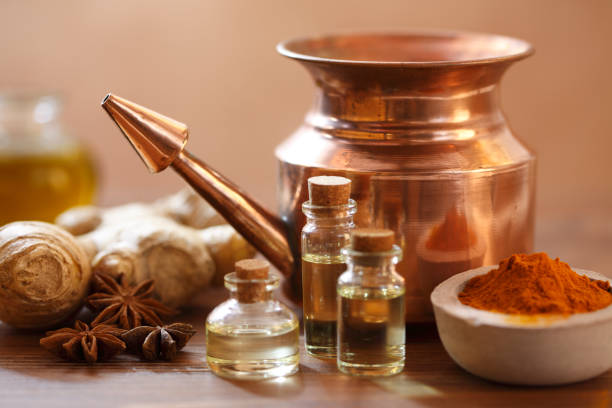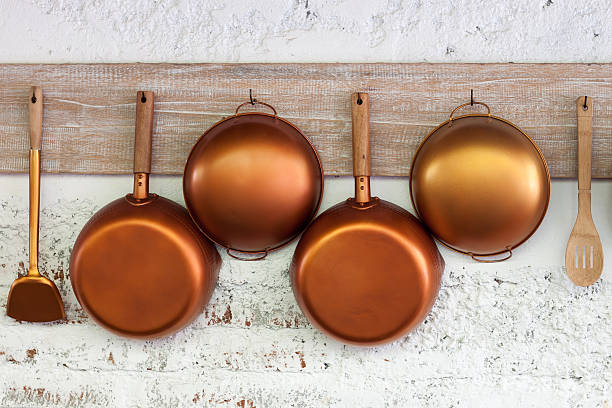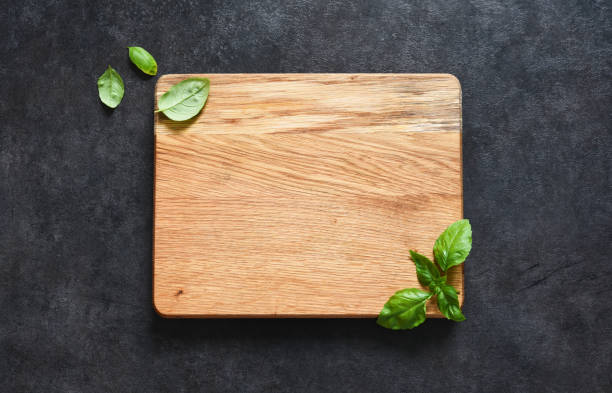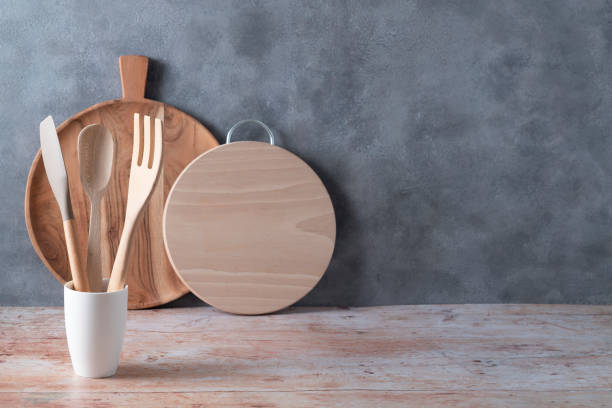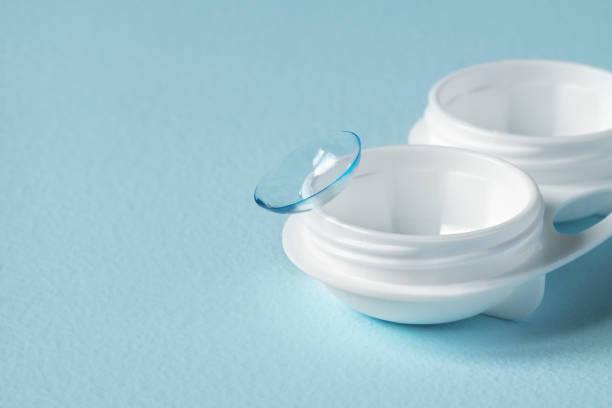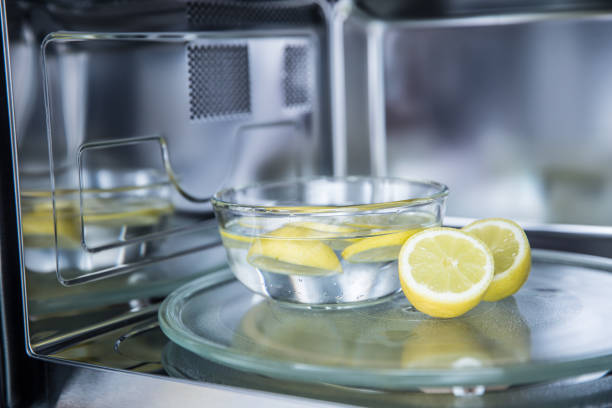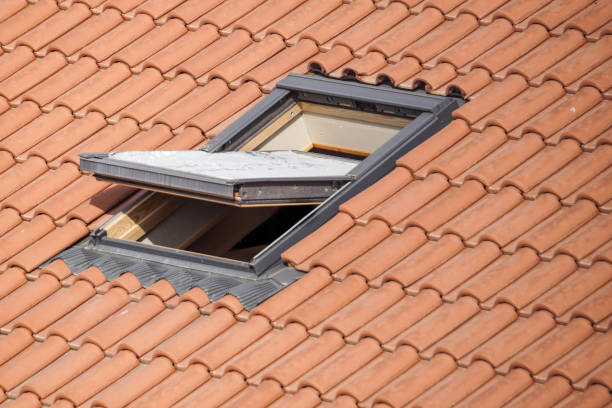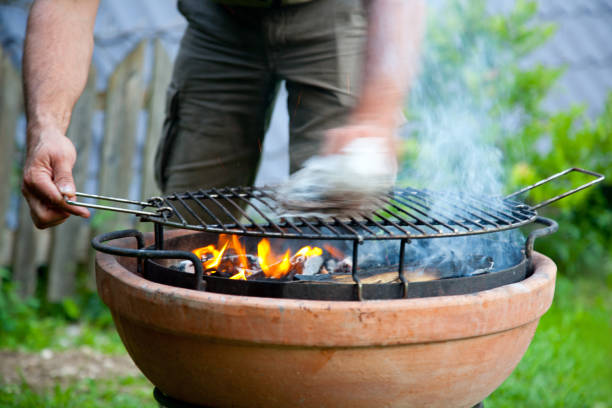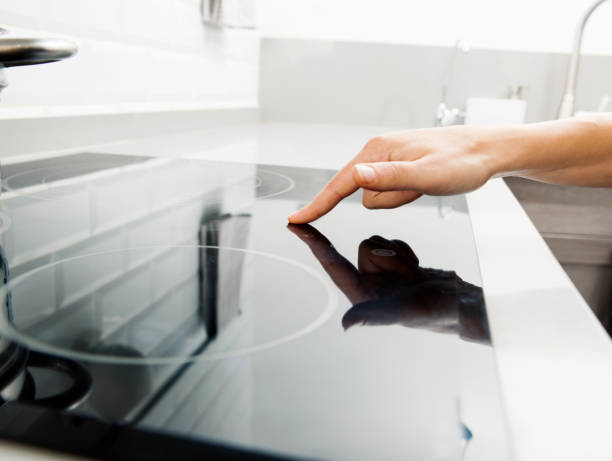Caring for parquet well is uncomplicated, but takes some time. Only if you clean your wooden floor properly and care for it with the right products will you be able to maintain its attractive appearance. Parquet floors made of wood always look particularly elegant and are therefore very popular. But they only stay that special if you take good care of them.
The basic cleaning works very easily with a broom or vacuum cleaner, for larger dirt with a slightly damp wiper. Since parquet tends to be damaged by too much water, everything should be dried well afterward. Special parquet care products help to preserve the look and shine of the parquet.
Removing stains when caring for parquet

If you walk across the parquet floor in shoes, there are sometimes unsightly contaminations caused by rubber abrasion. These can be easily removed with lukewarm water to which a dash of ordinary dishwashing liquid is added. Vinegar cleaner can also be used.
These agents can also be used to rub off other dirt such as grease stains or sticky substances. Very stubborn stains of all kinds can be counteracted with a mixture of water and alcohol in equal parts. So you can also remove wax stains and even chewing gum. Also, note tricks for removing wax stains from wood and how to remove grease stains from wood.
The biggest mistakes when caring for parquet
It would be fundamentally wrong to use scouring agents for stubborn dirt because the parquet can be scratched so easily. You should also avoid cleaners that contain too many aggressive ingredients, as they attack the parquet. Ammonia should also not appear on the detergent label.
Auxiliary devices such as steam cleaners are also taboo, as they cause the parquet to swell due to the high level of moisture. In general, the following applies to care: Always dry well. See also what you should consider when cleaning marble floors. Here, too, certain cleaning agents can cause damage.
The correct cleaning agent for every type of parquet
In addition to proper cleaning to care for the parquet, it should also be thoroughly cleaned with special parquet care products. If the parquet is sealed, this does not have to happen more than twice a year. It is important to apply the cleaner sparingly because this is the best way to achieve the desired effect. In addition to the sealed floors, there is also a waxed parquet, where it is sufficient to apply fresh wax once a year.
Like solid furniture, oiled floors can be treated with the right oil at irregular intervals, as desired. For each type of parquet floor, there are special means to buy. Always using the right maintenance product for the right floor is important. Here you should also use a higher quality product and not save at the wrong end. Also, note the informative guide to laying vinyl floors.
Oiled or sealed?
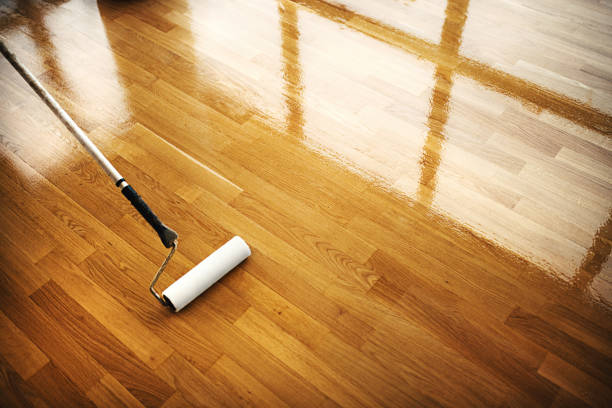
Oiled and sealed parquet floors have about the same importance in terms of quality and care. Both can be cleaned normally with special cleaning agents. Depending on the wear and tear, it can take years for oiled parquet floors to require further oiling. This is not easy and most people who are not technically gifted prefer to leave it to a professional. If you do not want to have oiled floors oiled by a specialist, you should make sure that you use a high-quality oil, preferably without solvents.
Ventilation is still essential when oiling, not only because of possible pollutants in the air from the contents of the oil but also because a good, constant room climate helps to achieve the desired result. The easiest way to apply the oil is with a brush or paint roller.
Excess oil is removed again after a short period of exposure. If there is too much oil on the floor, there may be stains. A normal rubber wiper is suitable for removing. Then work the oil into the soil with circular movements using a cloth. In addition, read useful tips for wiping the floor and note useful tips for cleaning the fireplace.


